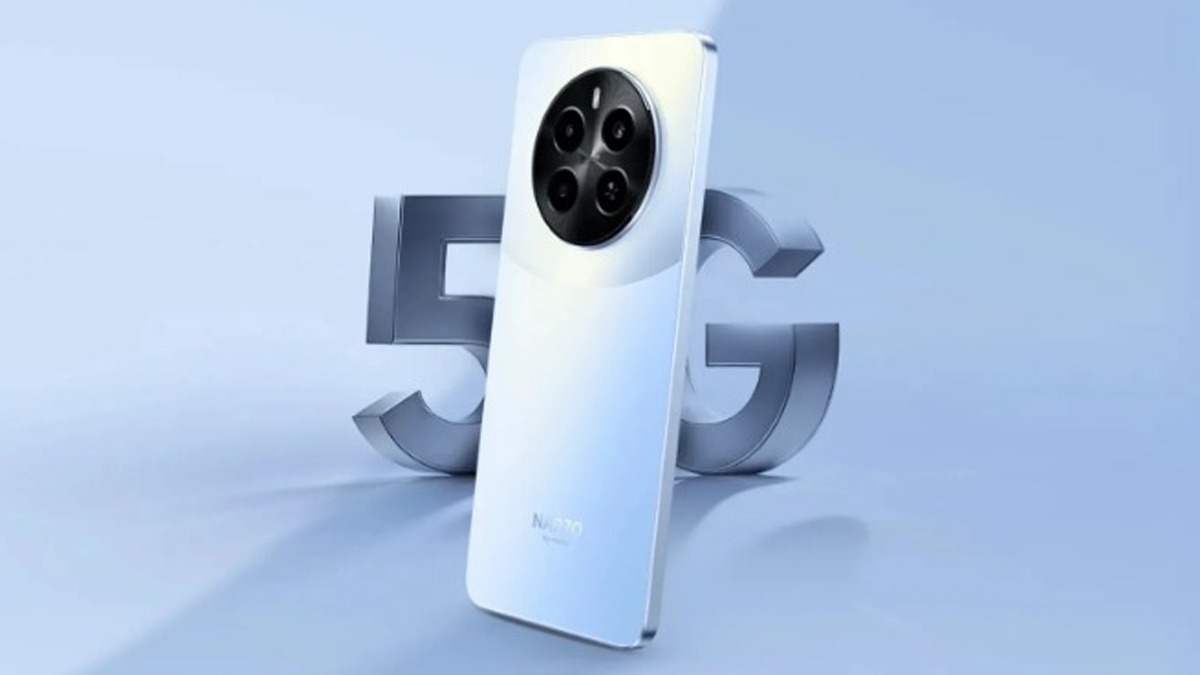Just In
- 21 min ago

- 29 min ago

- 43 min ago

- 1 hr ago

Don't Miss
- Sports
 PAK vs NZ Dream11 4th T20I: Squads, Fantasy Tips & Best Picks for Pakistan vs New Zealand fourth match
PAK vs NZ Dream11 4th T20I: Squads, Fantasy Tips & Best Picks for Pakistan vs New Zealand fourth match - Automobiles
 2024 Jeep Wrangler Facelift Video Review: Off-Roading Specialist Gets More Friendly
2024 Jeep Wrangler Facelift Video Review: Off-Roading Specialist Gets More Friendly - Movies
 Chacha Vidhayak Hain Humare 3 OTT Release Date & Platform: 5 Reasons To Watch Zakir Khan’s Show
Chacha Vidhayak Hain Humare 3 OTT Release Date & Platform: 5 Reasons To Watch Zakir Khan’s Show - Education
 UPSC CAPF 2024 registration begins; Apply online for 506 Assistant Commandant posts, Know more
UPSC CAPF 2024 registration begins; Apply online for 506 Assistant Commandant posts, Know more - News
 417 Out Of 1192 Candidates In Phase 2 Of Polls Face Criminal Cases, Most From BJP: ADR Data
417 Out Of 1192 Candidates In Phase 2 Of Polls Face Criminal Cases, Most From BJP: ADR Data - Finance
 Rs 44,000 Crore M-Cap Lost, Stock Falls 10%, No More 4th Largest Bank; How RBI's Ban Rocked Kotak
Rs 44,000 Crore M-Cap Lost, Stock Falls 10%, No More 4th Largest Bank; How RBI's Ban Rocked Kotak - Lifestyle
 Exclusive: On World Malaria Day 2024, Dr Shares Danger Signs Parents Must Watch Out For In Child With Malaria
Exclusive: On World Malaria Day 2024, Dr Shares Danger Signs Parents Must Watch Out For In Child With Malaria - Travel
 Escape to Kalimpong, Gangtok, and Darjeeling with IRCTC's Tour Package; Check Itinerary
Escape to Kalimpong, Gangtok, and Darjeeling with IRCTC's Tour Package; Check Itinerary
Samsung ISOCELL JN1: The World’s Smallest 50MP Mobile Image Sensor
Samsung has added yet another mobile camera sensor to its portfolio. The new sensor joins the ISOCELL family of mobile sensors and is touted as the world's first 0.64-micrometre (μm)-pixel image sensor with a high-resolution image output of 50 megapixels. The ISOCELL JN1 has a sensor size of 1/2.76-inch and uses ISOCELL 2.0 technology, Smart-ISO, and Double Super PDAF (Phase Detection Auto Focus). It could soon help OEMs create sleeker yet powerful camera smartphones.

Despite carrying the industry's smallest pixel size, at 0.64μm, the ISOCELL JN1 is said to bring image enhancements by improving light sensitivity by around 16-per cent. Smartphones using the new sensor will utilize Samsung's four-to-one pixel binning technology (Tetrapixel) to deliver brighter 12.5MP photographs. Four adjacent 0.64μm-pixels merged into one big 1.28μm-pixel quadruple light sensitivity for brighter image output.
While this is a standard practice among mobile camera sensors to improve low-light camera performance, we are excited to see how it will fare on the smallest mobile camera sensor. With such advanced technologies all embedded in a small 1/2.76-inch optical format, OEMs have to be extra careful with software tuning and accompanied camera sensors to offer better results.
Since the JN1 is compatible with existing 1/2.8-inch products, it can be used for selfie cameras to offer high-resolution 50MP images or high-resolution video at up to 4K and high-zoom ratios. That said, Vivo could be the first manufacturer to use the latest Samsung JN1 sensor on its selfie-centric V-series smartphones. Moving on, the tiny sensor can also be used for ultra-wide or telephoto cameras and wide-angle lenses.
Samsung also mentions that the ISOCELL JN1 also improves the HDR performance for an enhanced dynamic range. The sensor comes with Smart-ISO, a technology that is said to change the conversion gain based on the available lighting. By using Smart ISO, the new sensor might retain better details in the highlights while capturing images in bright settings, and reduce noise in poor-lit scenarios.
Interestingly, the JN1 is said to offer two separate exposure readouts in complex lighting environments. With more information in hand for inter-scene HDR in mixed-light settings, the final image's exposure and dynamic range could be a lot better as compared to rival sensors.
Lastly, future smartphones powered by the new Samsung JN1 sensor might offer better autofocus in low light. The ISOCELL JN1 features a Double Super PDAF that offers twice the density of pixels (1/16) used for the phase detection process to improve the sensor's focus capabilities.
The Samsung ISOCELL JN1is currently in mass production and will most probably be first seen on Samsung and Vivo smartphones.
-
99,999
-
1,29,999
-
69,999
-
41,999
-
64,999
-
99,999
-
29,999
-
63,999
-
39,999
-
1,56,900
-
79,900
-
1,39,900
-
1,29,900
-
65,900
-
1,56,900
-
1,30,990
-
76,990
-
16,499
-
30,700
-
12,999
-
11,999
-
16,026
-
14,248
-
14,466
-
26,634
-
18,800
-
62,425
-
1,15,909
-
93,635
-
75,804












































